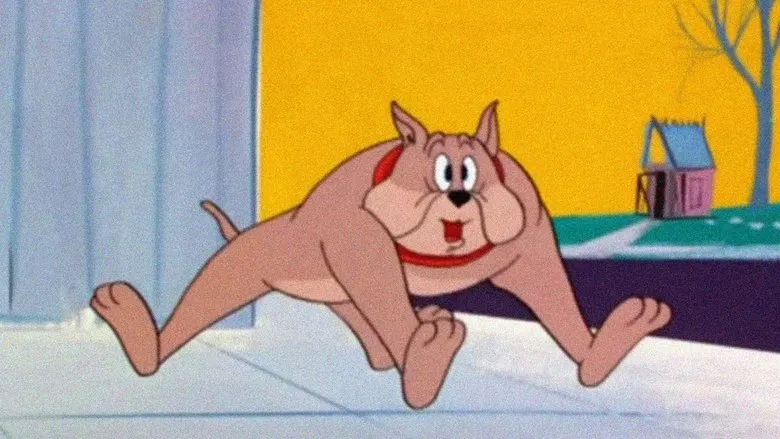“The Call of the Wild” (1935): Taming the Epic for the Silver Screen
Jack London’s iconic novel, “The Call of the Wild,” has captivated imaginations for over a century with its raw portrayal of survival and the primal instincts of a domesticated dog thrust into the unforgiving Alaskan wilderness. In 1935, The Goldwyn Picture Corporation, under the astute direction of William A. Wellman, undertook the ambitious task of bringing Buck’s epic journey to life on the big screen. Starring the incomparable Clark Gable as John Thornton and the radiant Loretta Young, alongside the formidable Jack Holt, this adaptation remains a significant chapter in Hollywood’s golden age.
From Page to Picture: The Challenge of Adaptation
Adapting a novel as beloved and animal-centric as “The Call of the Wild” posed unique challenges for filmmakers in the 1930s. London’s narrative delves deep into the psychological transformation of Buck, a St. Bernard-Scotch Shepherd mix, as he experiences the cruel realities of the Klondike Gold Rush. Conveying the internal struggles and powerful instincts of an animal protagonist, before the advent of sophisticated CGI, required a combination of skilled animal training, clever cinematography, and the audience’s willingness to suspend disbelief.
The film meticulously chronicles Buck’s early life of comfort on the Call family ranch, his brutal kidnapping by dognappers seeking strong sled dogs for the Yukon, and his harrowing journey through the icy landscapes. The narrative starkly illustrates the transition from a pampered pet to a formidable, wild creature, a transformation that resonated strongly with contemporary audiences.

Star Power and Animal Instincts: Bringing Characters to Life
The casting of Clark Gable, already a massive star following “It Happened One Night,” as John Thornton immediately elevated the film’s profile. Gable brought his signature roguish charm and rugged masculinity to the role of the prospector who forms an unbreakable bond with Buck. His presence grounded the story in human emotion, providing a crucial counterpoint to Buck’s wild odyssey.
Working with actual animals on set, particularly for the demanding action sequences, was a feat in itself. The sequence depicting Buck’s forced transformation into a sled dog, his struggles under the cruel owner Pike, and his eventual dominance over rivals like Spitz, required precise animal handling and meticulous planning. These scenes, while seemingly brutal, were essential to portraying London’s vision of ‘survival of the fittest’ in the harsh Alaskan environment. The film effectively showcased Buck’s intelligence and strength as he rises to become the leader of the sled team, earning the respect of his canine peers.

The Bond of Man and Beast: Behind the Yukon Landscape
While much of the film would have been shot on studio backlots, the filmmakers went to great lengths to simulate the vast, frozen expanse of Alaska. Special effects for the era were employed to create the sense of isolation and the unforgiving nature of the wilderness, crucial for depicting Buck’s abandonment and his subsequent encounter with John Thornton.
The heart of the story, however, lies in the evolution of the relationship between Buck and Thornton. From initial reluctance to a deep, powerful bond, their connection is a testament to trust, loyalty, and unwavering love. Director William A. Wellman masterfully guided the performances, both human and animal, to portray this profound interspecies relationship. London’s exploration of the primal connection between humans and animals, and their symbiosis in the face of adversity, was a significant thematic achievement that the film aimed to uphold.
Although the film takes certain liberties with the novel’s ending—notably Buck’s eventual return to the Call ranch and reunion with his original family, rather than fully embracing his wild heritage—it nonetheless delivered a powerful narrative consistent with the book’s core themes of heroism, sacrifice, and the alluring call of nature. “The Call of the Wild” (1935) stands as a testament to the enduring power of Jack London’s story and a remarkable achievement in 1930s filmmaking, proving that even a silent dog, with skill and heart, can steal the show.